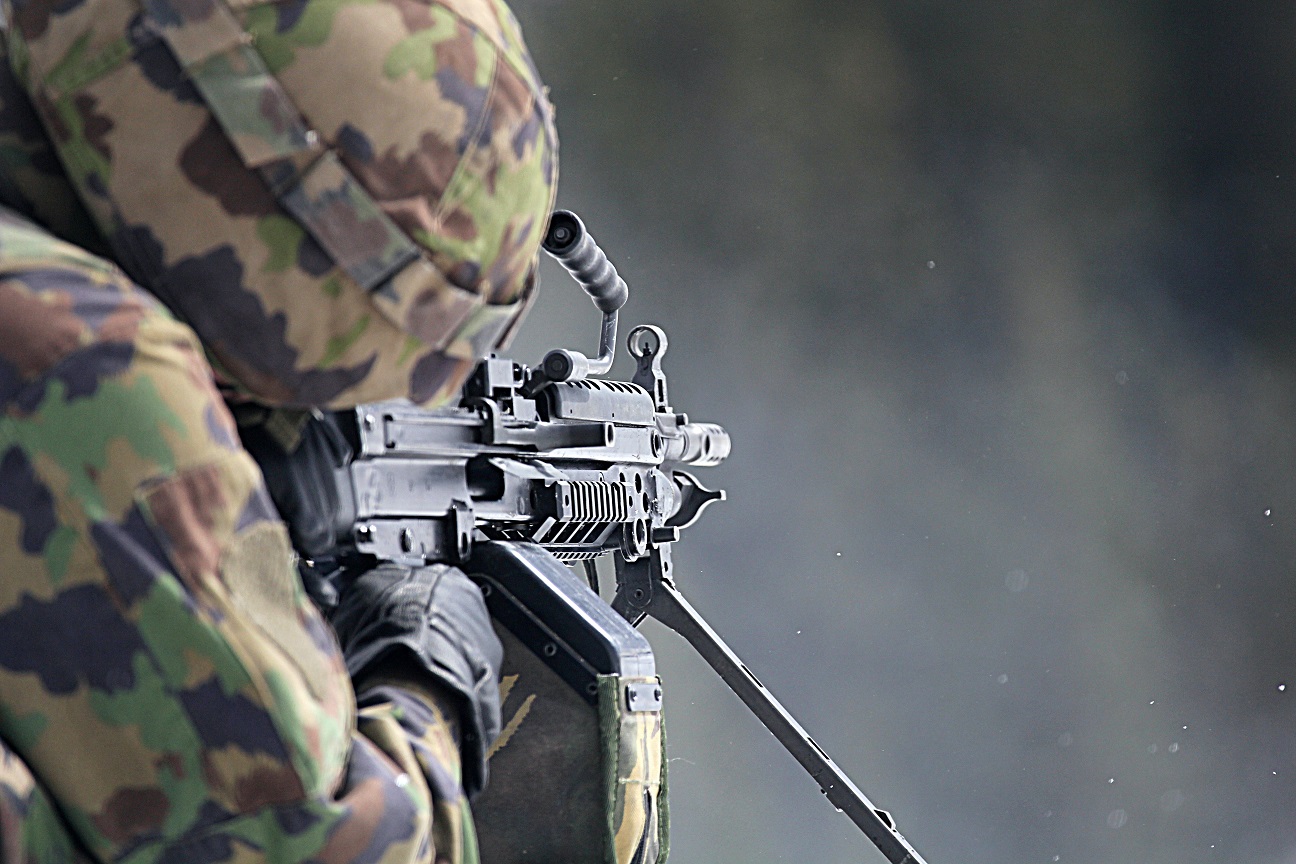Steel vs Ceramic Plates: Which is Better for Ballistic Protection?

When it comes to ballistic protection, many people wonder what the best option is; steel or ceramic plates. While both are effective in providing protection, they each come with their unique benefits and drawbacks. Keep reading to learn more about the differences between steel and ceramic plates so you can make an informed decision on which one is right for your needs.
Steel Plates
Steel plates are known for their durability and affordability. They are typically made of a special alloy called AR500, which is designed to be incredibly resistant to deformation when hit by bullets. AR500 plates are also lightweight, making them easy to transport and use in the field.
However, steel plates do have some limitations. For one, they’re not as durable as ceramic plates; over time, they can become warped or scratched if not properly cared for. In addition, steel plates are susceptible to rusting if exposed to moisture for too long. And finally, though ar500 plates are light enough to carry in the field, they can still be heavier than other materials like polyethylene or Kevlar.
Ceramic Plates
Ceramic plates offer a great balance between affordability and performance. Unlike steel plates, ceramic ones are virtually impervious to scratches and dents; in fact, many manufacturers even offer lifetime warranties on their ceramic plates! Additionally, ceramic armor is lighter than steel armor – usually around 8-10 pounds – making them much easier to maneuver while in the field. However, because of their extremely hard exterior surface, they are more prone to shattering upon impact than some other types of armor material like Kevlar or polyethylene composite material (Dyneema).
Both steel and ceramic plates offer excellent protection against ballistic threats; however, depending on your needs one type may be more suitable than another. Steel armor offers an affordable solution that’s ideal for short-term use or long-term storage due to its durability, but its heavier weight makes it less suitable for extended wear in the field than its lighter counterparts like ceramic or polyethylene composite material (Dyneema). On the other hand, although ceramics offer superior performance due to their lighter weight and a higher degree of protection from scratches and dents – they are also more expensive upfront but may end up being cheaper in the long run due to their lifetime warranty offers from many manufacturers – making them ideal for those who need maximum protection but don’t want to pay top dollar for it at every turn! There isn’t a “one size fits all” solution when it comes down to it – so take your time researching different types of body armor options before you decide which one is right for you.
For more articles, please click here.